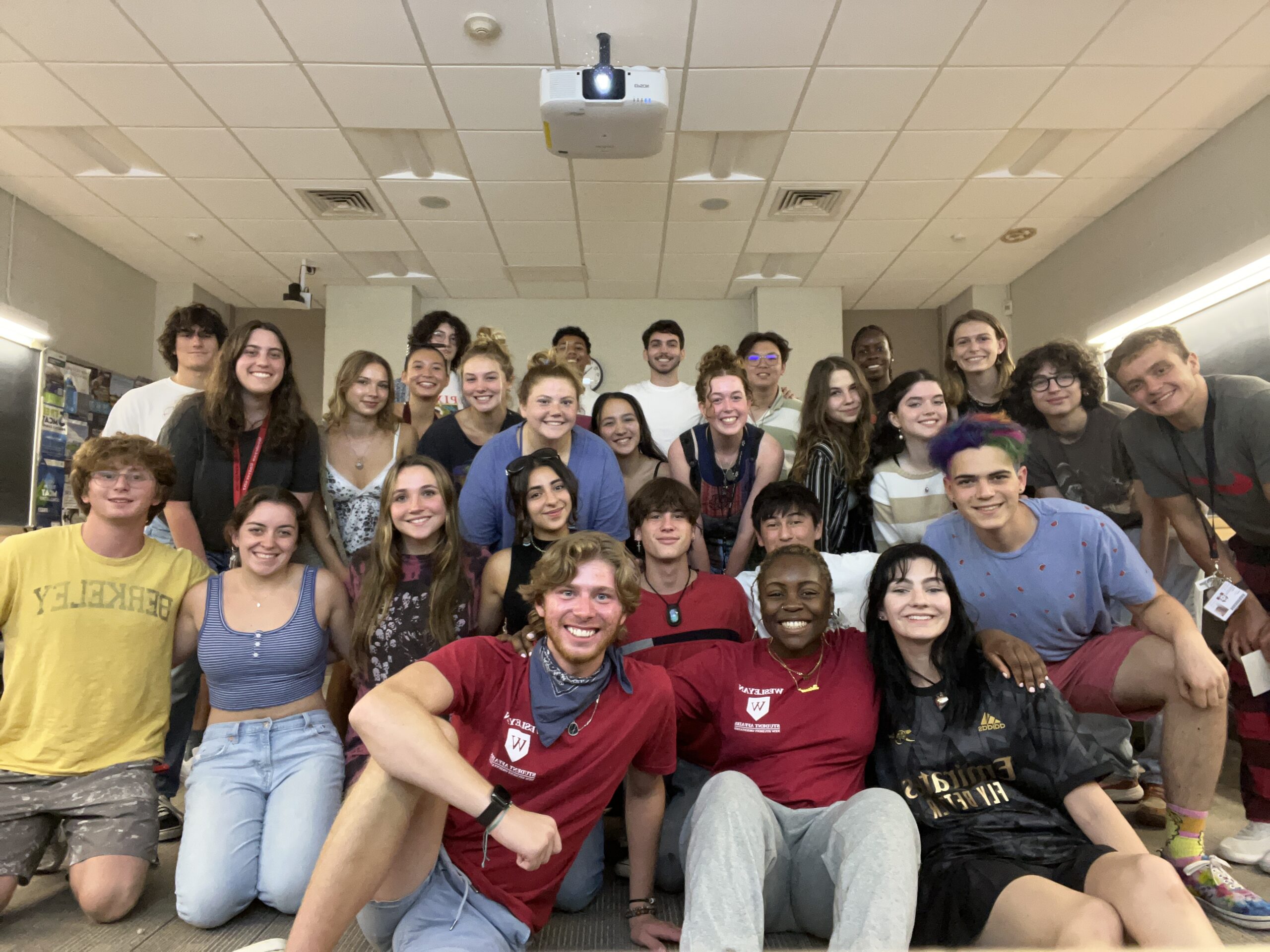
During my time as an Orientation Leader in my senior year, we had a training workshop from a New Orleans based company called Junebug Productions, that would prepare us to lead an activity with our orientees. The activity called “Story Circles” is a pedagogical framework structuring transformative community building by creating a space of responsive listening and equally shared vulnerability.
In the workshop, we were tasked to try a story circle out ourselves. As we responded to a very vulnerable prompt, we felt tense, uncomfortable and uncertain as we did not feel close enough to each other to open our hearts out to one another. In our reflections of the experience felt for us, our instructors challenged us to push through that, reminding us that a fear to commit to understand those around us and a desire to keep ourselves closed off from those who we perceive to be different from us is what prevents us from achieving universal change and growth.
When it came to leading our own workshop, I focused on creating a space that would allow for authentic sharing by emphasizing empathy and active engagement. Being that we had a large group of 32 orientees, we split in half. In my group, we set community guidelines together to that we all agreed to, and we took a second to deeply breathe before we engaged in anyone sharing their respective story. The prompt had been set beforehand, and the only parameters were that 1) the story you shared addressed the prompt, and you would have 2 minutes and 30 seconds to share it and 2) while someone shares, the rest of the group’s sole responsibility is to listen. No feedback or commentary would be given until everyone had share.
FINAL-EDIT_-Story-Circle-Process-Guidelines-for-Community-TransformationThe beautiful part of the story circle experience with my orientees was that in sharing a story there was no room for debate or for contention because no one can negate anyone’s truth and no one has the right to tell somebody what their narrative can be. The freedom of the space gave everyone a chance to feel validated and heard, and even motivated myself as the facilitator to engage in the activity and share a story of my own. In sharing our narratives with each other, we were offered a glimpse into the lived reality of everyone else. It served as a reflective moment of sonder as we stepped outside ourselves and into the world of our peers. Everyone had an equal stake in upholding and contributing to the space, which made the experience feel so beautifully immersive. At the end of orientation week, my orientees shared that it was their favorite moment of the entire orientation week, as they felt much more connected to each other and better understood the importance of connecting through our differences rather than diving ourselves by them.